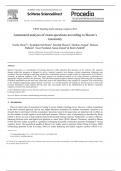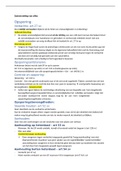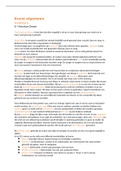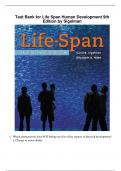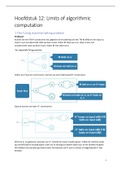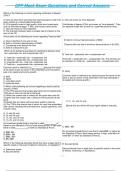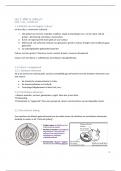Tentamen (uitwerkingen)
Automated analysis of exam questions according to bloom’s taxonomy
- Vak
- Instelling
Also known as recalling of data (Bloom, 1956). Scott (2003) refers it as 'rote learning' or 'memorization'. This level serves as the lower level or the beginning level of the hierarchy. It is a level where students remember or memorize facts or recall the knowledge they learn before. The ques...
[Meer zien]
